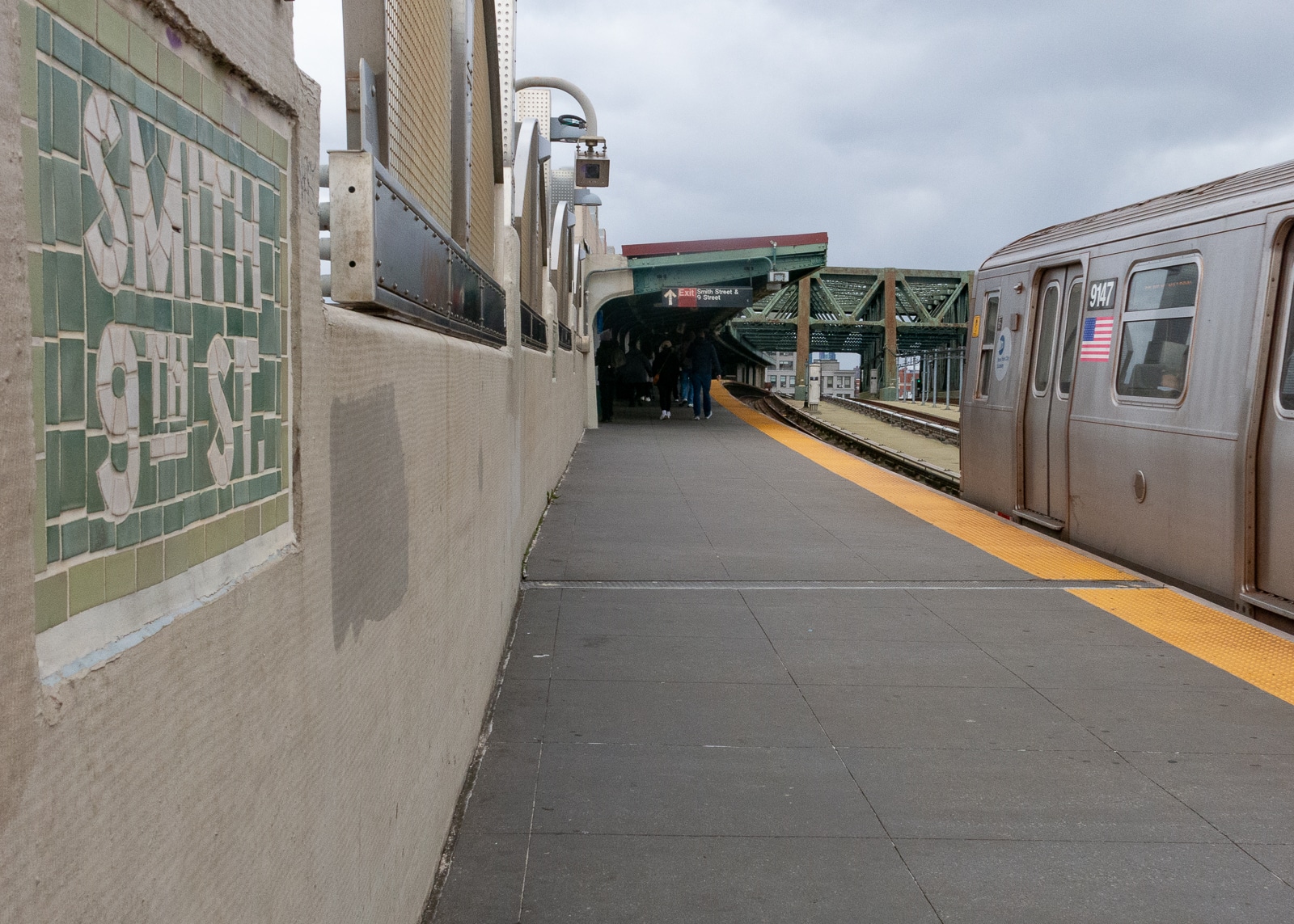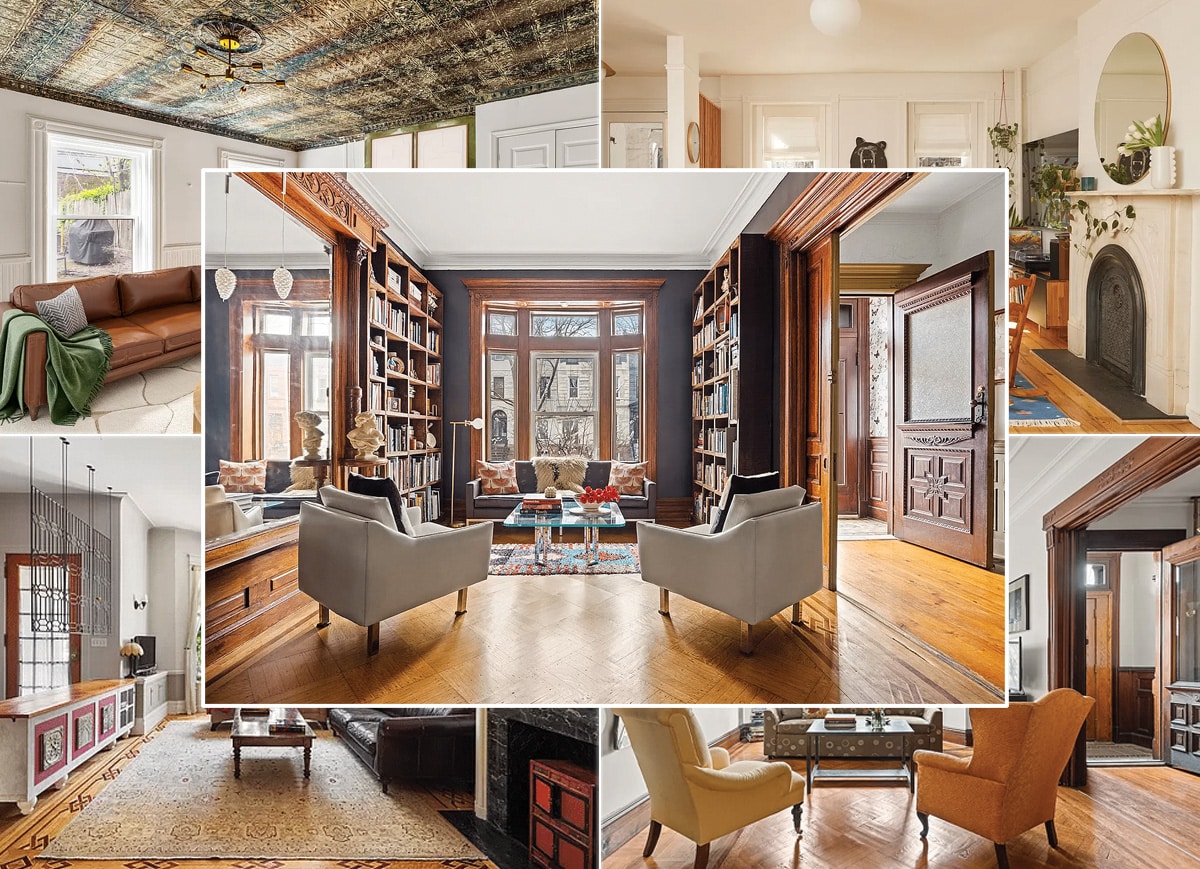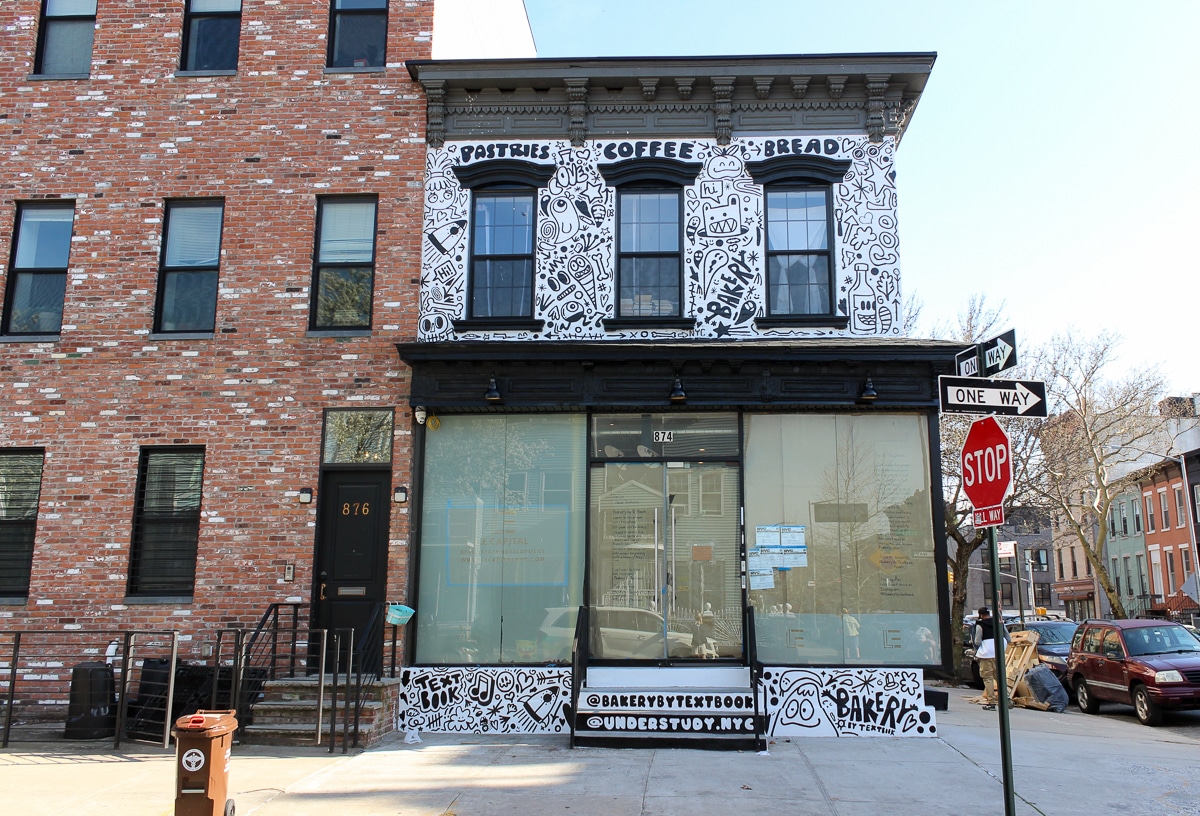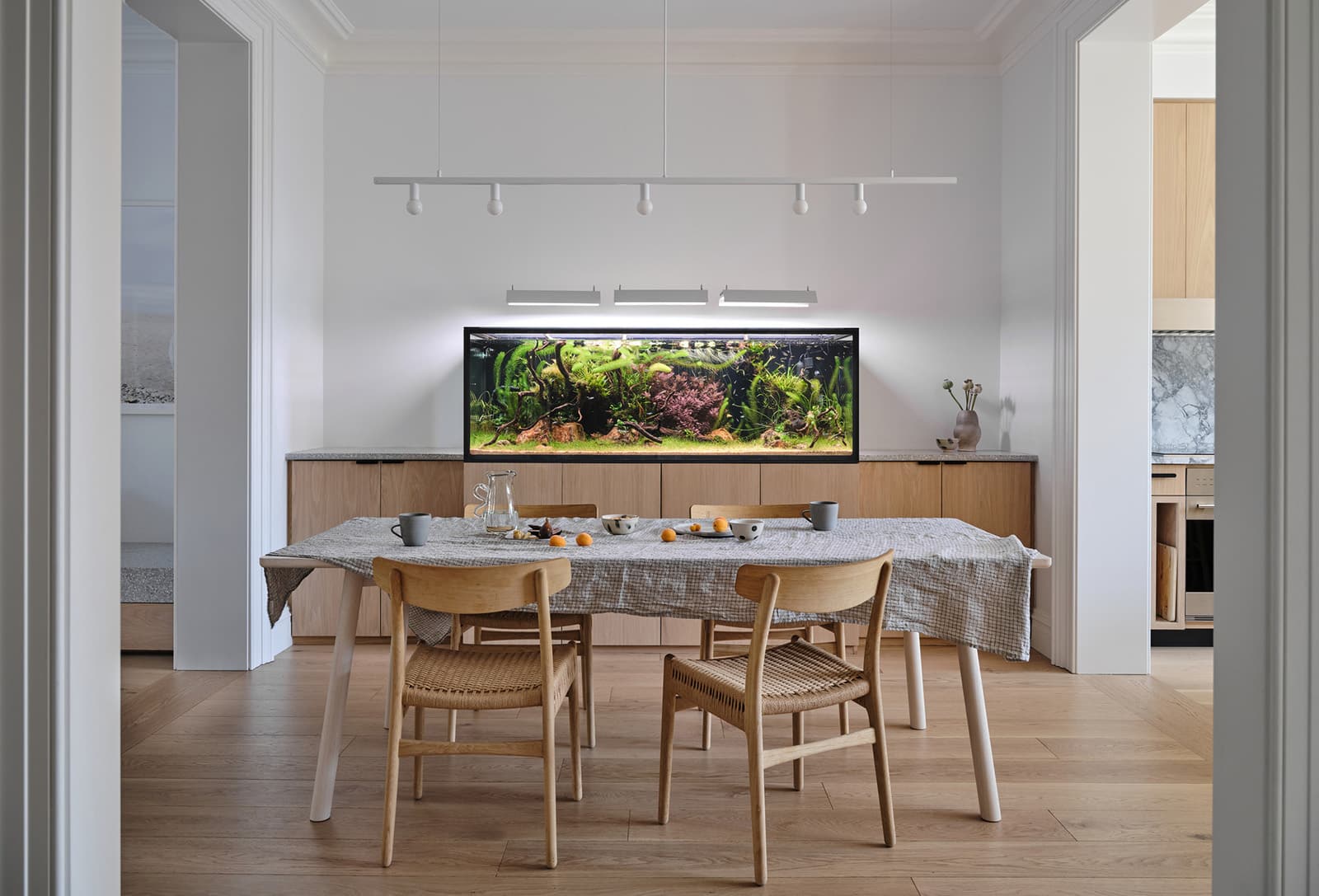HMS: Prices Continue to Fall in Brooklyn
The appraisal firm HMS Associates came out with its second-quarter market report last week and, unsurprisingly, it showed that prices are down from both last quarter and the same period last year. The firm says the average price in Brooklyn in the second quarter of 2009 was $548,560, 18 percent less than $670,419 in the…


Getting a Jump on the Q1 Post-Mortems [Brownstoner]
Photo by the stella
BROOKLYN HOME PRICES FELL 18 PERCENT IN 2nd QUARTER, CONTINUING DOWNWARD TREND IN PRICES
Price declines shown in virtually all Brooklyn neighborhoods,
But rise in sales volume from 1st quarter to 2nd quarter shows slight pickup
New York, N.Y., July 2, 2009 The average Brooklyn home price declined 18 percent in the second quarter of 2009 compared to the same period last year, but sales volume picked up slightly in the second quarter compared to the first quarter of 2009, according to Brooklyn-based real estate appraisal firm HMS Associates.
The average home price in Brooklyn during the second quarter of 2009 was $548,560, 18 percent less than $670,419 in the same period last year, the HMS report showed.
There were a total of 545 sales during the second quarter of 2009, an 8 percent increase in activity over the first quarter of 2009.
Prices continued to decline, which is no surprise, but there was a slight pickup in the sales activity from the first quarter to second quarter of this year so far, said Sam Heskel, an appraiser and executive vice president of HMS Associates. Because sellers have been more realistic and prices have come down, we are seeing more activity as buyers feel more comfortable making offers.
This could indicate that the market is bottoming out and that the downward trend is approaching its end, Heskel said.
Volume is still dramatically down from last year, HMS reported. The 545 sales in the second quarter of 2009 is 52 percent less than the same period last year, when there were 1,145 sales.
The price drop was consistent in virtually every neighborhood in Brooklyn, marking a difference from just a few months ago when the borough’s average price fell but some neighborhoods were still seeing modest price increases, the HMS report showed.
In Carroll Gardens/Cobble Hill, where prices were still increasing last quarter, the average home price was just 1 percent higher compared to the same period last year, and sales volume was down 62 percent. In Greenpoint, which also showed price increases last quarter, the average home price dropped 20 percent and sales volume was down 15 percent.
If you are able to come up with the financing, there is a lot of inventory out there and lower prices in neighborhoods that are still very strong, so it can be a good time to buy, Heskel said.
The home price figures and sales volume come from HMS’s comprehensive quarterly study of 15 representative neighborhoods in Brooklyn and include one-, two-, three-, and four-family homes, condos, and co-ops. The neighborhoods included in the report together are deemed a fair reflection of what is happening in the Brooklyn real estate market as a whole, according to Heskel.
Almost every neighborhood saw a price decline, the quarterly report showed. The only exceptions were Carroll Gardens/Cobble Hill, with its 1 percent increase to an average home price of $933,438 and Fort Greene, where the average home price remained statistically the same at $911,538.
The steepest price declines were in Dumbo/Downtown Brooklyn/Boerum Hill, where prices fell 22 percent to $754,000, and Sheepshead Bay, where prices also fell 22 percent to $263,200, according to the report.









Haahaa, as usual the more he talks the dumber he is. So not its housing only increasing at historical inflation for the most desirable neighborhoods in the USA (not to mention internationally) throughout the cycle? Sure, maybe if you zero sum the exodus from Detroit and its rust belt peers, Vegas and Florida. Anyone who inherits money flocks to manhattan and brownstone brooklyn. That ain’t inflation. That is the sound of someday being priced out of your neighborhood.
It was a whole article the NYT had on real estate booms and busts. Maybe a month or two ago? Maybe you remember it?
They were all ten-year cycles. I would love to link to it, love to hear what you have to say. Cannot find it. I’m sorry! I’ve googled housing prices new york times and also case shiller but that only goes to 2000.
The recent boom in NYC was +200% and unanimously regarded as unprecedented even when compared to the Roaring 20’s. 300%? No. 1989? No. There’s a misunderstanding. Please link your source so we can clear things up.
***Bid half off peak comps***
A few months ago the NYT had an interactive graphic of house prices going back decades. All the booms and bust followed the pattern of about 300 percent gains, followed by about 20 percent loss, including the 1989 bust.
“Upward swings of 300 percent and downward falls of 20 percent are common.”
Cite one.
***Bid half off peak comps***
BHO, if you look at past boom-and-bust housing cycles, you’ll see that in each one prices appreciated far more than they fell. Upward swings of 300 percent and downward falls of 20 percent are common.
I kind of like dumbo, but dumbo prices were not traditionally far from tribeca…which is a similar but far superior neighborhood.
Yeah, DUMBO is more Hell’s Kitchen than Hell’s Kitchen, more Williamsburg than Williamsburg. An ugly-ass industrial nabe all the rage for people with money to burn.